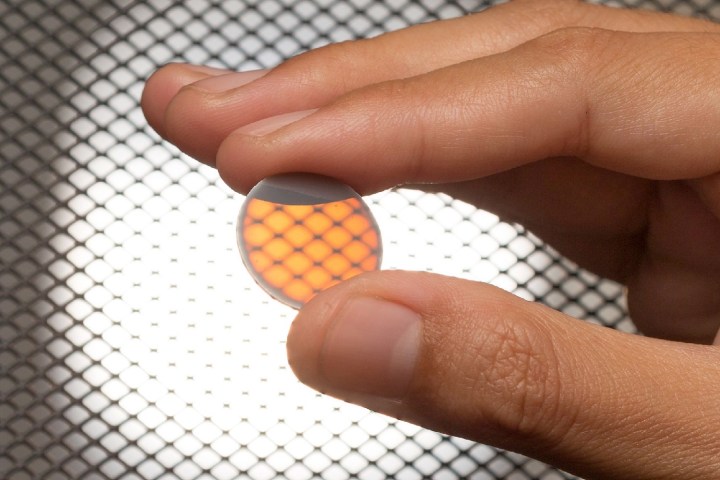
This pioneering surgical technique has lots of potential for treating neurological diseases such as Alzheimer’s and Parkinson’s disease, as well as being used to kill cancer cells, dissolve blood clots resulting from strokes, and even “jump starting” the brains of comatose people. However, the big challenge until now has been getting sound waves through the skull of subjects and into their brain. This is because the human skull is between 2 and 8mm in thickness and relatively dense, meaning that sound waves either reflect off it or are absorbed before they can reach the intended target.
“This new study opens up new possibilities for neurosurgeons and their patients, since it facilitates optical and, now, ultrasonic access to the brain,” Guillermo Aguilar, a professor in the department of mechanical engineering at the University of California, Riverside, told Digital Trends. “New materials of this kind may also find applications in different arenas.”
Aguilar and colleagues previously developed a cranial implant four years ago. It was made of an opaque biocompatible ceramic that is used for medical applications such as dental and hip implants because of its high fracture toughness. What the team has achieved with this latest project is to build on that prior work by making a skull implant that retains the strength of the previous unit, but is also optically transparent and allows ultrasound waves through. It means that patients with the implant fitted could undergo ongoing diagnostic and ultrasonic therapy without needing to undergo repeated surgeries in which part of their skull is removed.
“This project is a multi-year, multi-investigator and multi-disciplinary one,” Aguilar continued. “There are a lot of very challenging aspects that a core [group] of nine researchers — six in California and three in Mexico, and sometimes more — are tackling collaboratively with several postdocs, more than a dozen graduate students, and various undergraduate students. Our end goal is that implants of this kind become the standard of use in neurosurgical [operating rooms], given the broader range of pathologies and neurological disorders that neurologists could help control or cure by having recurring diagnostic and therapeutic access to the brain in a minimally invasive way.”
A paper describing the work was recently published in the journal Advanced Healthcare Materials.



